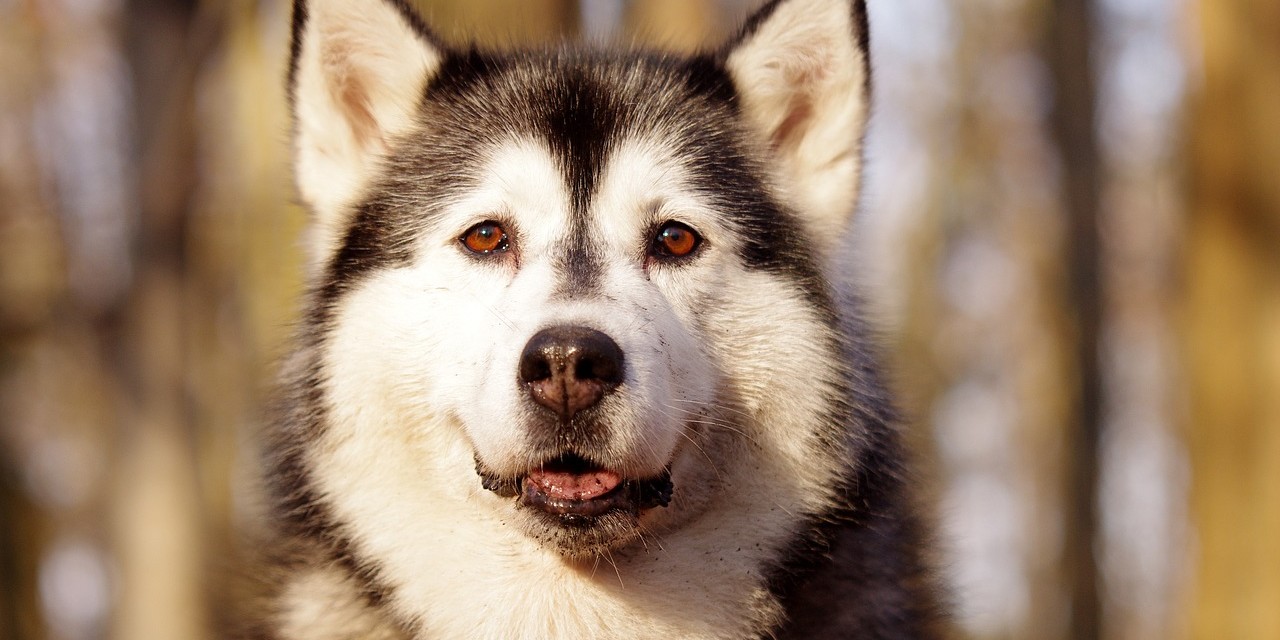Dogs are everywhere. In the United States there are approximately 78.2 million owned dogs with almost 40% of households owning at least one dog. In Seattle, there is approximately one dog for every five residents and dogs outrank children in town by approximately five thousand. As dog-ownership becomes more popular and prevalent in our complex hustling and bustling society, dog owners are faced with important questions: How do I find good dog training? How do I make sure my dog is a good citizen and canine ambassador? How do I make sure my dog doesn’t develop aggression? There are very few things more intimidating or frustrating than having a dog that cannot be walked or taken to public places due to bad manners or aggression, and without proper training, many dogs will end up being surrendered to a shelter or being euthanized because of behavioral problems.
Fortunately, Seattle is inundated with options for dog training, but how is the average owner to choose between all the trainers—the majority of whom claim to subscribe to the most up-to-date or relevant methods but clearly have some differences? The problem is that dog training is a relatively new field. While dogs have been around humans for about 25,000 years, the first book on dog training was only written in 1943 (an army training manual for K-9s). Despite the growing industry and the need for families to find help with their doggie dilemmas, there is still no licensing board for dog training or single certification program to ensure consumer protection and quality assurance, thus anyone can call themselves a dog trainer or a behaviorist without any educational requirements. So how do you judge whether a trainer is not just capable, but outstanding?
Thousands of articles have been written on this topic. A quick Google search for “what to look for in a dog trainer” yields 778,000 results, however I am going to narrow this topic to specifics as opposed to constant generalities. For example, saying, “you should look for a dog trainer who has a thorough understanding of canine behavior” does not say anything specific. How do you know if a trainer meets the criteria? There are plenty of professionals who are able to sell ice to Eskimos. Without specific guidelines for consumers there are no tools for them to find a program that they can confidently commit to.
Many trainers throw around the terms “science-based” or “scientific” like they just landed a triple-word score in Scrabble, and while many of them have started down the path to learning about modern animal behavior (as opposed to the self-proclaimed “behaviorists”, “rehabilitators” and “experts” who are able to sell what they say because it echoes what someone heard on TV), they still have a long way to go if they wish to be considered an expert in the scientific understanding of canine behavior.
The scientific study of animal behavior is a field called Ethology (from the Greek ethos “character” and –logia “the study of”), which began in the 1930’s with the work of Nikolaas Tinbergen (Dutch biologist), Konrad Lorenz and Karl von Frisch (Austrian biologists). Both Lorenz and Frisch were joint winners of the 1973 Nobel Prize in Physiology and Medicine, and these three men defined the field that has grown and flourished (especially in the last twenty years with the advancements in research behind behavioral neuroscience and behavioral genetics). Generally speaking, ethologists are particularly interested in studying a behavioral process (e.g. aggression) in an animal’s natural environment—Adam Miklosi, a cognitive ethologist who has contributed spectacular research in canine cognitive behavior, always observes dog behavior with their owners present since this is a pet dog’s natural environment.
When an ethologist describes and diagnoses a behavior (let’s take dog aggression for example), they will examine the whole kit and caboodle: what do we know about aggression in other species, what do we know about the functional aspects of aggression, what are the biological mechanisms in the brain and body that manifest aggression, what do we know about the development of aggression then let us compare that to the age of the dog in front of us, and what variety of proven methods are available to us to find the best route to solving the issues. Compare this pyramid of analysis to “your dog is aggressive because you are not a dominant leader.” Often, owners are surprised to learn that what they perceived as aggression isn’t actually aggression at all, however a proper diagnosis can only be made if a professional has a rounded education in modern animal behavior science.
Here is a list of five criteria for what makes a great dog trainer:
► A trainer must be able to accurately describe the behavior and help you understand and recognize it in the future. In order to understand behavior, a trainer needs to be able to describe it precisely using accurate terms—not colloquial or invented ones. To this effect, both the structure and function ought to be described; it isn’t very useful to know what something looks like if you cannot also describe what it is for.
► A trainer must know the evolution behind dogs. Genetics play an immense role in why our dogs behave and learn the way they do and without understanding what evolutionary changes have happened from wolves to dogs (species to sub- species) then it is highly unlikely that the trainer will be able to separate which behaviors are due to environmental stressors versus temperament. The primitive breeds are still genetically indistinguishable from wolves; however, they still have tremendous behavioral differences and both the similarities and differences are very important to training.
► A trainer must know the ontogeny—the development from birth to adult—of any given behavior. Without knowing how behavior develops—specifically what neurological shifts happen at 2 weeks, 3 months, 7 months, 12 months, 18 months, and 24 months—a trainer will be incapable of guiding your puppy training from start to finish. Dogs change throughout their lifetimes as they grow, mature, and develop and it is vitally important for a competent trainer to
understand each developmental stage and how it can affect behavior. A good trainer who understands the ontogeny of canine behavior will be able to handle behaviors that crop up in puppies, adolescents, adults, and senior dogs.
► A trainer must understand the biological mechanisms at play (i.e. how is a behavior produced from neuron to muscle). You wouldn’t hire a car mechanic who doesn’t understand how a transmission works, so why would you invest your money and time with a dog trainer who cannot precisely explain what is happening when a dog performs a behavior? Behavior does not just happen; there are physical mechanisms at play that cause behavior to occur. A trainer needs to know how to answer the question, “How is this dog built that allows this behavior to emerge?” A good understanding of biological mechanisms allows a trainer to see how behavior is being produced, which is increasingly important when recommending what is to be done in response.
► A trainer must be able to apply their knowledge in training. This is perhaps the most important. A trainer needs to be able to practically apply his or her knowledge of behavior to the individual case at hand. Each dog or puppy is an individual in a breed that is part of a species, and the trainer must be able to take all of that into account, and then create a relevant plan to help the client manage or modify the behaviors they need to affect.
Without a solid foundation in modern animal behavior, a trainer cannot fully hope to be able to modify any problematic behaviors without risking physical or mental harm to your dog or puppy. The best dog trainers base their methods on a scientific knowledge of what, how, and why your dog does what he or she does. Only then can they help you work with your dog to build a fluid, stress-free relationship that doesn’t involve bribery, intimidation, or battery.















